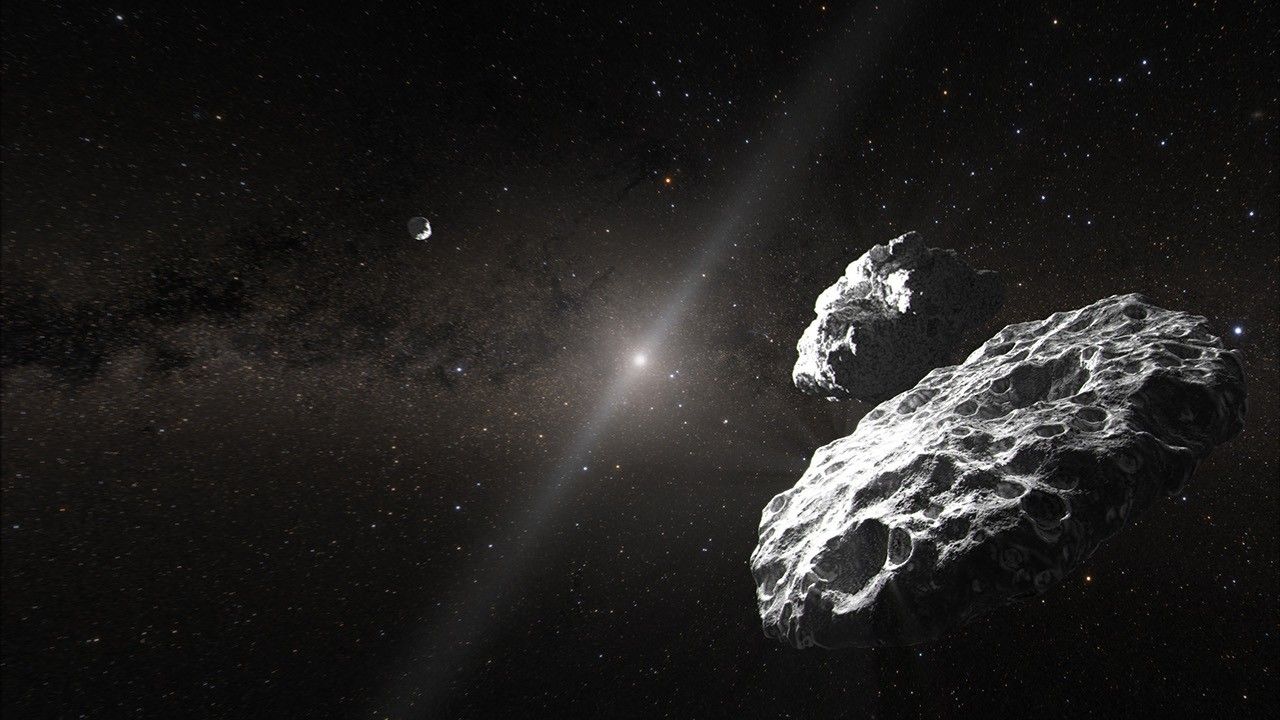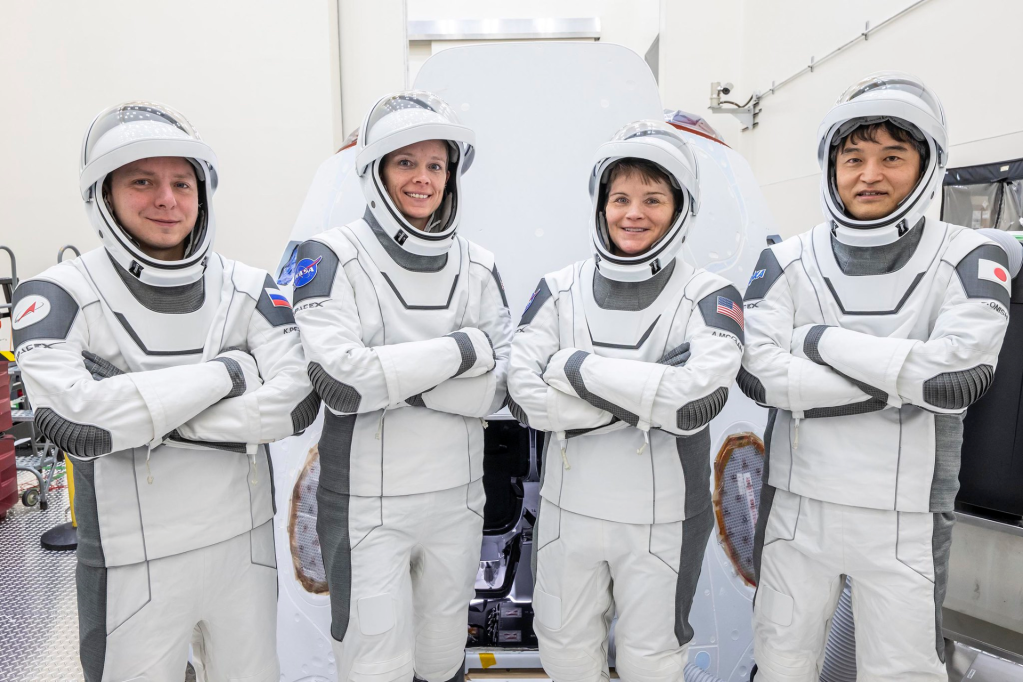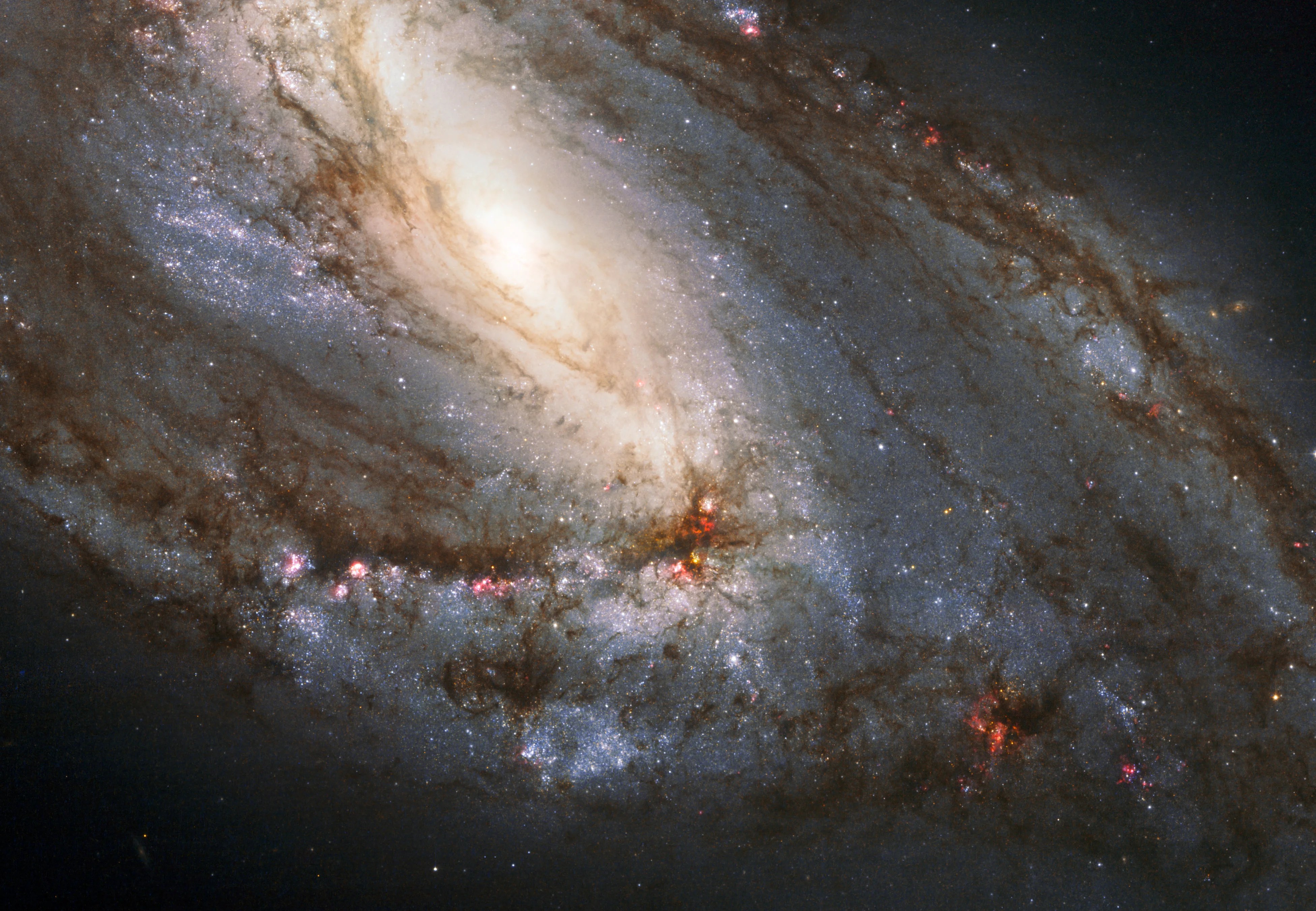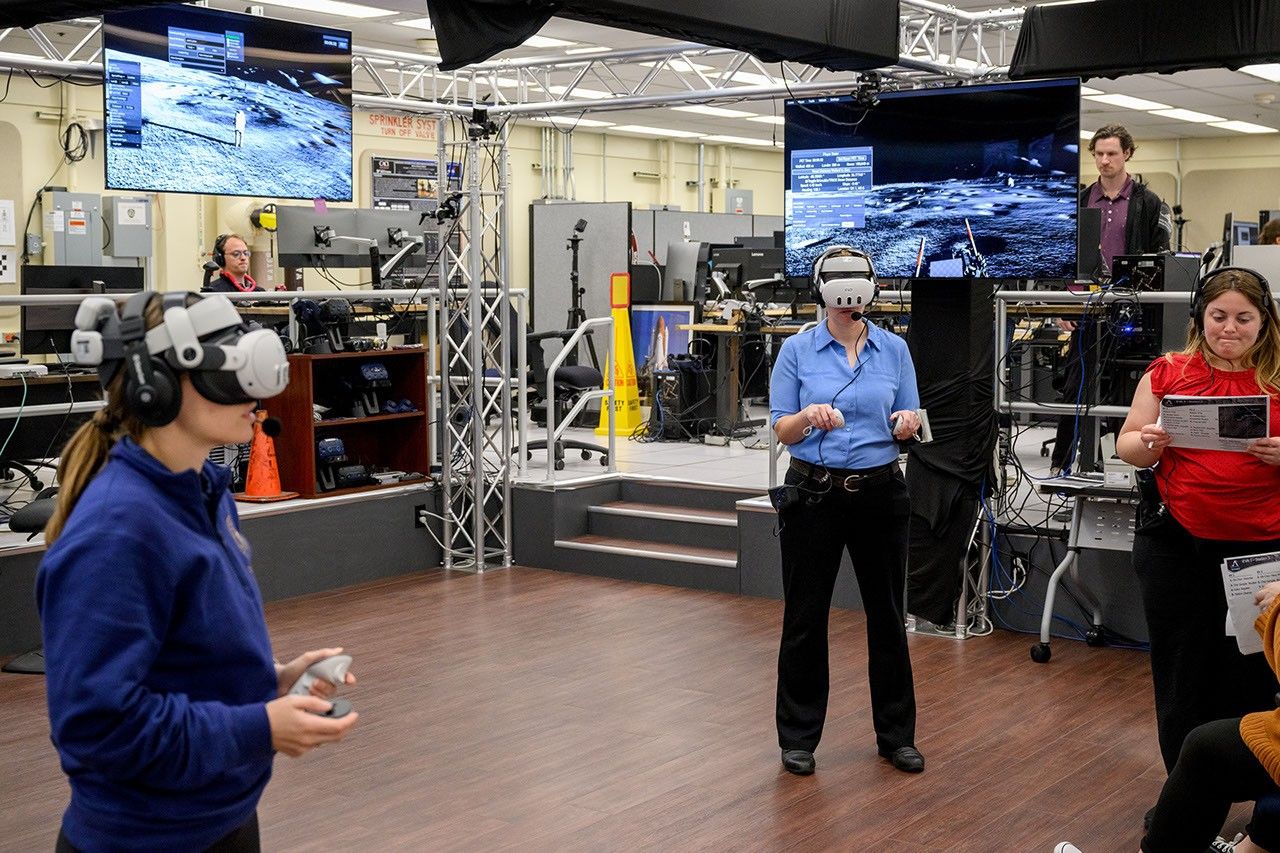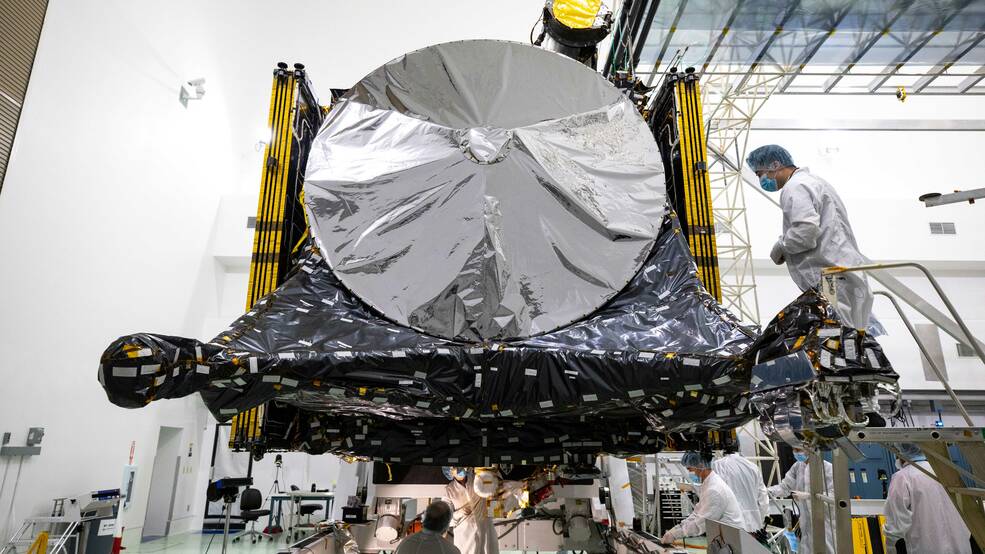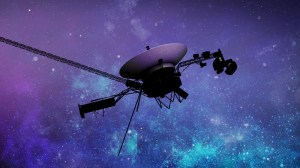Bound for a metal-rich asteroid of the same name, the Psyche mission is targeting Oct. 5 to launch from NASA’s Kennedy Space Center in Florida.
Bound for a metal-rich asteroid of the same name, the Psyche mission is targeting Oct. 5 to launch from NASA’s Kennedy Space Center in Florida.
The spacecraft’s solar arrays are folded like an envelope into their stowed position. Xenon gas – fuel for the journey to the asteroid belt – is loaded. All four thrusters have passed their final tests. Engineers have confirmed the massive high-gain antenna is set to transmit data. The software is tested and ready. The science instruments – a multispectral imager, magnetometer, and gamma-ray and neutron spectrometer – that will investigate the asteroid Psyche are poised for action.
NASA’s Psyche spacecraft has less than 30 days to go before the opening of its launch period, which runs from Thursday, Oct. 5 through Wednesday, Oct. 25. What the mission learns from the metal-rich asteroid may tell us more about how planets form.
“These missions take so many people and so much meticulous, rigorous, personally driven work,” said Lindy Elkins-Tanton, principal investigator for Psyche at Arizona State University. “I am ready to be ecstatic. We all are, but we are not ecstatic yet. Let’s launch and establish communications – then we can scream, jump, and hug each other!”
Within two weeks, technicians will begin encapsulating the spacecraft in its payload fairing – the cone at the top of the rocket – and the spacecraft will move to SpaceX facilities at NASA’s Kennedy Space Center in Florida. Psyche is set to launch atop a SpaceX Falcon Heavy from the center’s Launch Complex 39A at 10:38 a.m. EDT on Oct. 5.
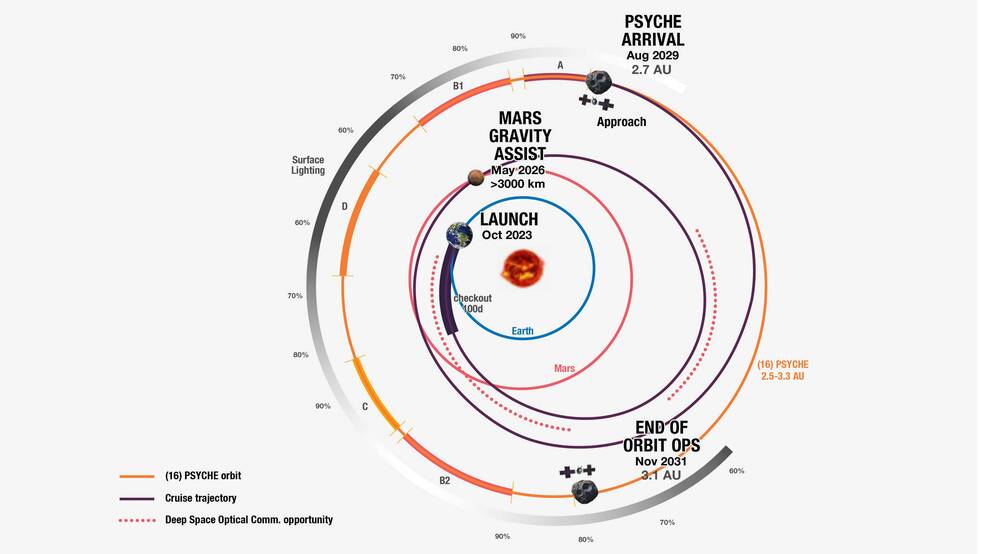
“It’s getting increasingly real,” said Henry Stone, Psyche’s project manager at NASA’s Jet Propulsion Laboratory in Southern California. “We are counting the days. The team is more than ready to send this spacecraft off on its journey, and it’s very exciting.”
After escaping Earth’s gravity, Psyche will use solar electric propulsion to accomplish its six-year journey to the asteroid. The efficient propulsion system works by accelerating and expelling charged atoms, or ions, of the neutral gas xenon – creating a thrust that gently propels the spacecraft with a force akin to what you’d feel holding a single AA battery in your hand. Technicians recently loaded 2,392 pounds (1,085 kilograms) of xenon onto the spacecraft over the course of about two weeks.
Measuring roughly 173 miles (279 kilometers) at its widest point, the asteroid Psyche presents a unique opportunity to explore a metal-rich body that may be part of a core of a planetesimal, the building block of an early planet. Once the spacecraft reaches Psyche in the main asteroid belt between Mars and Jupiter, it will spend about 26 months orbiting the asteroid, gathering images and other data that will tell scientists more about its history and what it is made of.
More About the Mission
Arizona State University leads the Psyche mission. A division of Caltech in Pasadena, JPL is responsible for the mission’s overall management, system engineering, integration and test, and mission operations. Maxar Technologies in Palo Alto, California, provided the high-power solar electric propulsion spacecraft chassis.
A technology demonstration called Deep Space Optical Communications (DSOC) will fly on Psyche in order to test high-data-rate laser communications that could be used by future NASA missions. JPL manages DSOC for the Technology Demonstration Missions program within NASA’s Space Technology Mission Directorate and the Space Communications and Navigation program within the Space Operations Mission Directorate.
Psyche is the 14th mission selected as part of NASA’s Discovery Program, managed by the agency’s Marshall Space Flight Center in Huntsville, Alabama. NASA’s Launch Services Program, based at Kennedy, is managing the launch service.
For more information about NASA’s Psyche mission go to:
Media Contacts
Gretchen McCartney
Jet Propulsion Laboratory, Pasadena, Calif.
818-393-6215
gretchen.p.mccartney@jpl.nasa.gov
Karen Fox / Alana Johnson
NASA Headquarters, Washington
301-286-6284 / 202-358-1501
karen.c.fox@nasa.gov / alana.r.johnson@nasa.gov
2023-126


